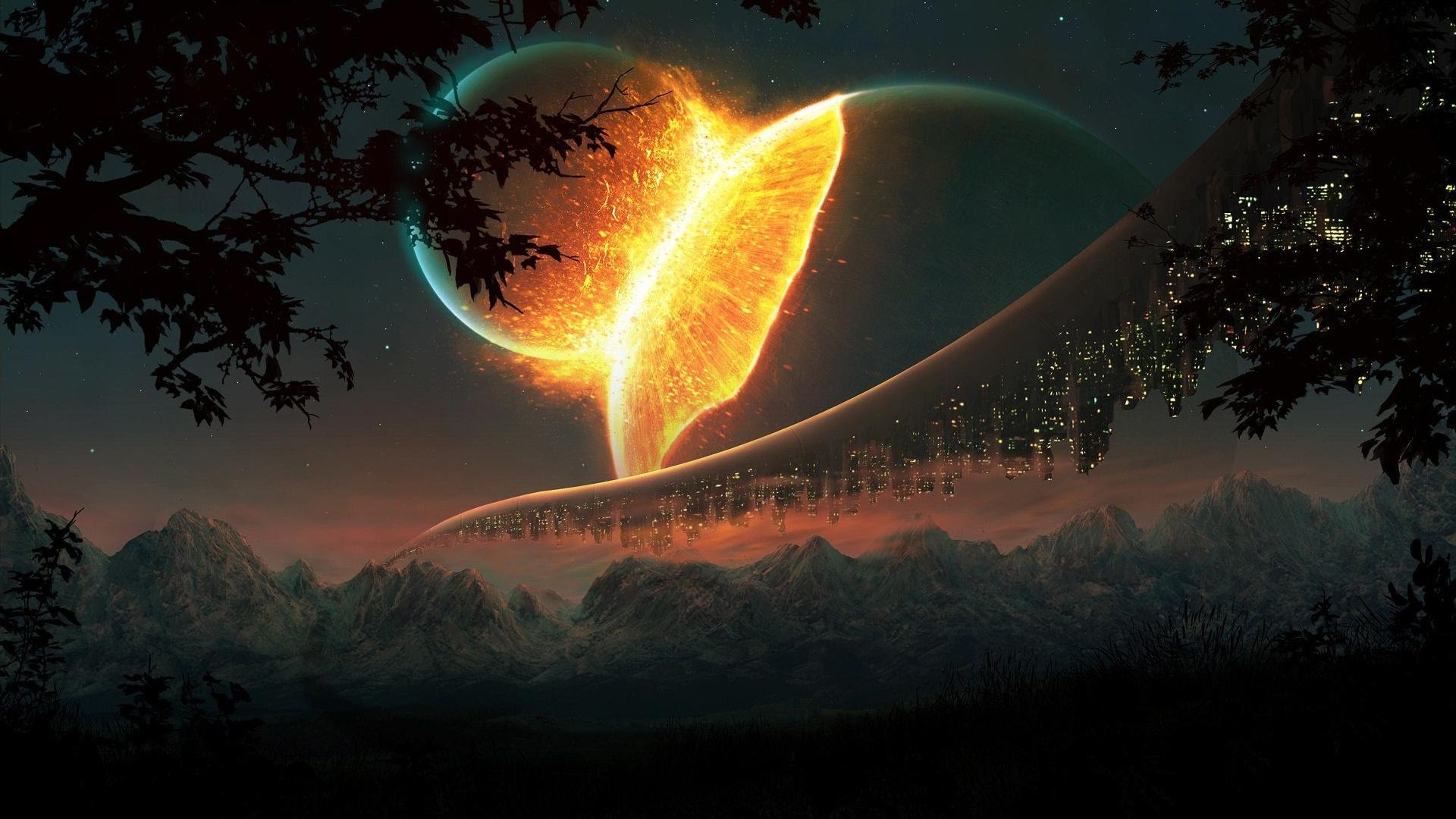Here is a bit more information on this unusual planet and just how similar it is to our own statistically that is.
At 12% larger than Earth, the new claimant is bigger than 186f but it is closer to our temperature, probably receiving just 40% more heat from its sun than we do from ours. So if we could stand on the surface of 438b it may well be warmer than here, according to Dr Doug Caldwell from the Seti (Search for Extra-Terrestrial Intelligence) Institute in California.
“And it’s around a cooler [red dwarf] star… so your sky would look redder than ours does to us,” Dr Caldwell said.
That first-person encounter, however, is unlikely – both because the planet is 475 light-years away and because we still have essentially no idea what it’s made of.
Images from the Kepler telescope, which trails behind the Earth and peers far into the distance as we orbit our own sun, are used to identify far-off planets by observing “transits”.
This refers to the dimming of a star’s light when a planet passes in front of it. A large team of researchers then uses additional data from Earth-bound telescopes to further explore these unfamiliar solar systems.
They try to calculate how big the planets are, and how closely they orbit their host stars.
And you may or may not have heard about the 100 million dollar investment SETI had received. We have a feeling things could get very interesting stay tuned for updates.

there is more life out there then you would ever imagine
Always possible